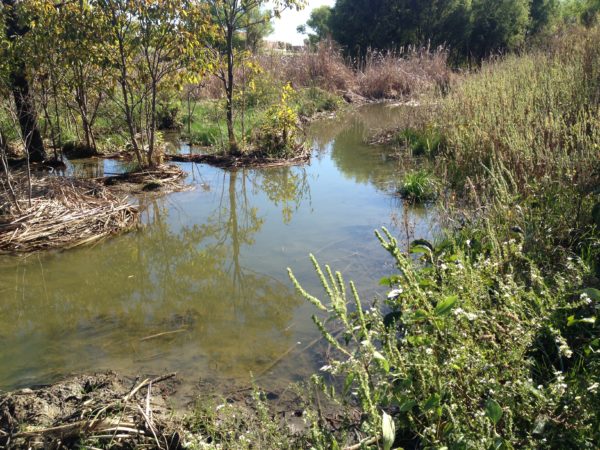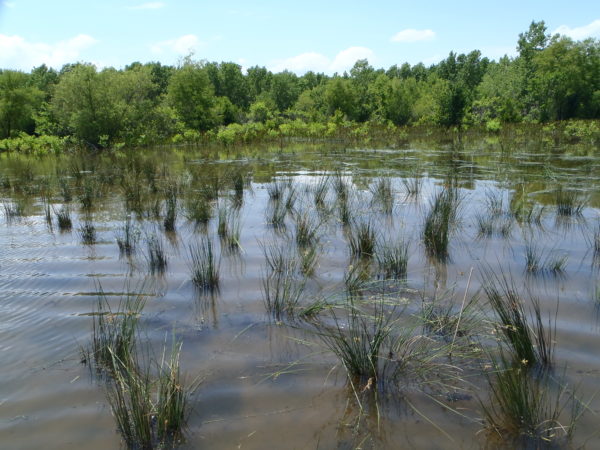Mitigation Implementation And Ecological Restoration
Ecological restoration became a viable enterprise as IES found that there was little support for clients’ needs for implementing mitigation plans. IES has been developing mitigation plans for client’s unavoidable impacts to the natural environment for over 10 years. Through the process of assisting their clients in managing construction contractors, it was determined that the there was an industry for restoration ecology. IES typically found that most clients and contractors implementing these mitigation plans only focused on the logistics of the planting practices with a mentality that if you plant it, it will live.
After managing and monitoring these projects over a few years, IES identified that if effort was placed in the planning phases, projects could have a significantly higher success. IES’ approach to mitigation planning is largely a practice of restoration ecology concepts. These concepts identify the basic parameters of the goals and objectives of the plan, inventory of the environment, and available tools for implementing the plan. Since most mitigation plans focus on restoring the natural habitat, IES draws upon their experience associated with plant ecology. Understanding the physical, chemical, and biological interactions with the edaphic environment and the desired macrophyte community, provides IES a strategic edge to accomplishing the desired goals. More specifically, IES has identified that the plant survival and establishment is tied to the soil characteristics and the available water holding capacity.
Secondly, IES evaluates the chemical properties of the soils and whether there is available microrhiza in the soil to assist the plants in nutrient acquisition. Finally, IES considers one of the easiest strategies, but one of the most important for successful restoration-microsite selection. Plant ecologists at IES understand that placing the plants in species specific patterns in the correct landscape position provide the best chance of survival.
IES has a variety of tools to assist in the clients’ needs in restoration ecology. For larger bottomland hardwood riparian restoration sites, IES has a deep subsoiler for creating favorable environments in compact clay soils and a mechanical tree planting machines for bare root trees. To the other extreme, IES has the necessary equipment for restoring prairie grass — chisel plow to open the soil, field cultivator for weed control, disc for seedbed preparation, packing machine for making a firm seedbed and clod pulverizer, and a native seed press with agitator for fluffy prairie grass seeds like bluestems.


Proper Site Prep
Proper site preparation is a key factor in determining the long-term cost and effectiveness of any restoration project. By identifying deficiencies in soil chemistry, selecting the right cover species for the site, and anticipating the type and placement for any necessary erosion control mechanisms, IES reduces our client’s overall cost of the project.


Wetland Mitigation
To offset a project’s impacts to waters of the U.S., IES has the project experience and machinery necessary to design and construct functional wetlands.


